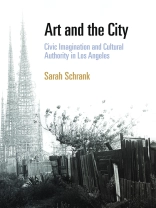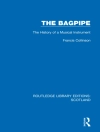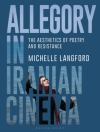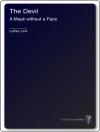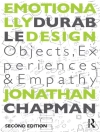No longer represented only by Hollywood and the commercial fashion industry, Los Angeles in recent years has received international media attention as one of the world’s new art centers. From the appearance of local artists in major European exhibitions to widely reported multimillion-dollar museum endowments, Los Angeles has entered the world cultural stage.
Art and the City: Civic Imagination and Cultural Authority in Los Angeles places this celebrated arrival in the richer context of art controversies and political contests over modern art and art spaces in the twentieth century. The Ferus Gallery’s pop-infused ‘L.A. Look’ and ‘finish-fetish, ‘ now synonymous with Los Angeles’s postwar modernist aesthetics, emerged from a dispersed art community that struggled in the 1950s to find a toehold in a local scene reeling from the censure of the Mc Carthy era. The Watts Towers have long faced neglect despite their international fame, while Venice Beach, Barnsdall Park, Griffith Park, and Olvera Street proved highly contentious sites of urban cultural expression.
Challenging historical accounts that situate the city’s origins as an art center in the 1960s, Art and the City argues that debates over modernism among artists and civic leaders alike made art a charged political site as early as the 1910s. The legacy of those early battles reverberated throughout the century. Because of a rich tradition of arts education and the presence of Hollywood, Los Angeles historically hosted a talented population of contemporary artists. However, because of the snug relationship between urban aesthetics and capital investment that underscored the booster goals of the civic arts movement, modern artists were pushed out of public exhibition spaces until after World War II. Art and the City uncovers the historic struggles for cultural expression and creative space that are hidden behind the city’s booster mythology.
Tabela de Conteúdo
Introduction
Chapter 1. Boosters, Early Moderns, and the Artful Civic Imaginary
Chapter 2. Modernism in Public Spaces
Chapter 3. Painting the Town Red
Chapter 4. Bohemia in Vogue
Chapter 5. Imagining the Watts Towers
Conclusion
Notes
Index
Acknowledgments
Sobre o autor
Sarah Schrank is Associate Professor of History at California State University, Long Beach.
